John Matson at his Scientific American blog write: ''Quantum information science is a bit like classroom management—the larger the group, the harder it is to keep everything together. But to build a practical quantum computer physicists will need many particles working in synchrony as quantum bits, or quibits. <!--break-->Each qubit can be a 0 and a 1 simultaneously, vaulting the number-crunching power of a hypothetical quantum computer well past that of ordinary computers. With each qubit in a superposition, a quantum computer can manipulate an exponentially large quantity of numbers at once—2^n numbers for a system of n qubits. So each step toward generating large sets of qubits pushes practical quantum computing closer to reality. Thomas Monz of the Institute for Experimental Physics at the University of Innsbruck in Austria and his colleagues mark just such a step forward in the April 1 issue of Physical Review Letters. Monz and his co-authors report creating entangled states with a record 14 qubits. Other researchers had previously demonstrated entangled states with 10 qubits.'' Read more in [http://dx.doi.org/10.1103/PhysRevLett.106.130506 Phys. Rev. Lett. 106, 130506 (2011)] or [http://arxiv.org/abs/1009.6126 arXiv:1009.6126].
Physicists entangle a record-breaking 14 quantum bits
Source:
Scientific American
